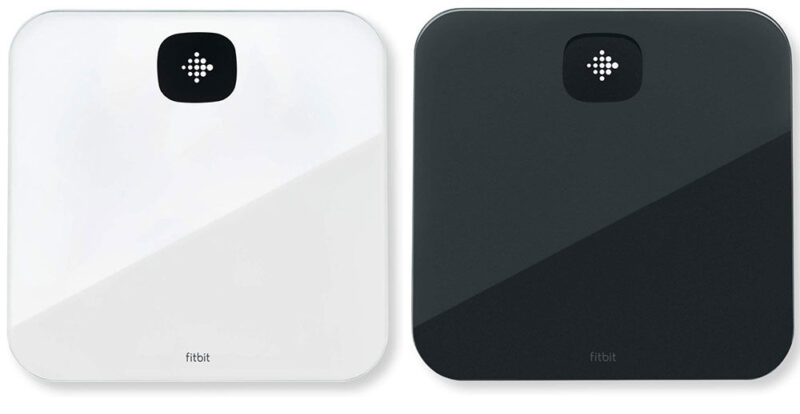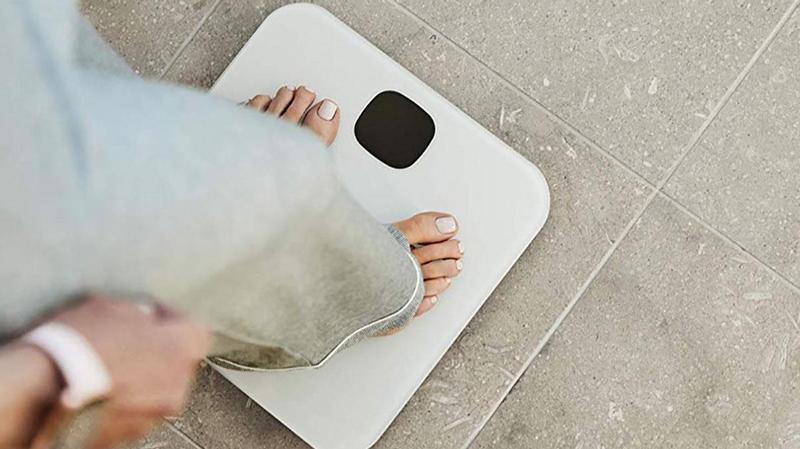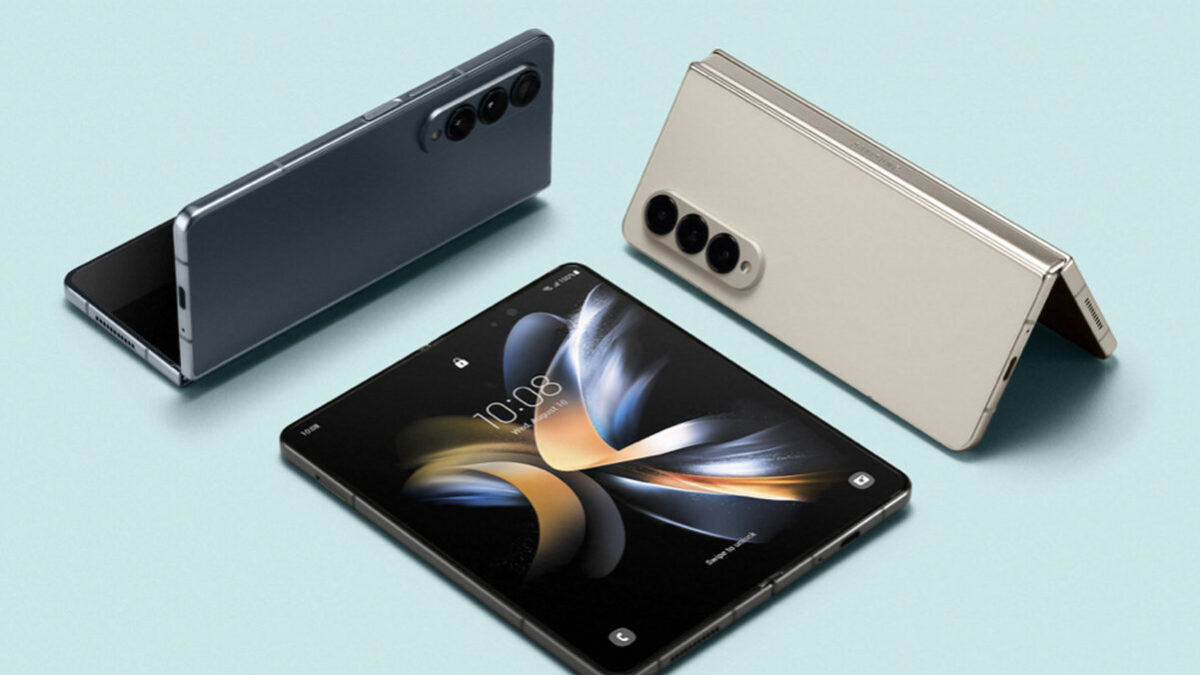Fitbit Aria Air Review: Smart scale or just a scale?
In short, the Fitbit Aria Air scales are digital scales with a capacity from 5 to 180 kilograms. They can sync their measurement data with the Fitbit app on your smart phone or tablet. The app can keep track of your weight over time, draw graphs and so on. But so did Aria 2 so whats new?
First, and this is a big difference, the Fitbit Aria Air is more than half the price. Can’t afford a couple of hundred dollars for smart scales? For the time of this review, the Fitbit Aria Air is $49.95(!) and that’s quite a dealbreaker for many of us out there.
Second, they’re a little lighter and smaller: 300mm square versus 313mm square. 25.4mm tall versus 33mm tall. 1.74kg in weight versus 1.94kg. Both are available in black and white. The new model howeve, lacks the gentle pattern on the surface of the Aria 2, which in my opinion is much nicer than Air’s glossy surface.
The older Fitbit Aria 2 showed your so-called “body composition” – the percent of your body it considers to be fat. The Fitbit Aria Air won’t. No big loss, I say. I’ve been using both the Aria 2 and its antagonist from Withings (Body+) for some years, and those figures don’t make much sense. Unlike your weight, smart scales can’t seem to measure fat percentage, so they use some kind of algorithm to estimate it, which dont seem right.
Connections
The biggest difference between the two devices is how they connect to feed the weight data into the Fitbit app’s database (to give you those handsome graphs).
The Fitbit Aria 2 primarily communicates via Wi-Fi. Once you’ve set it up, then it’s just a matter of stepping on it as required. It will identify you by your approximate weight – both scales support multiple users – and send the weight to your profile database via Wi-Fi. This is maintained on Fitbit’s servers. Whenever you open the app on your phone, tablet or computer, it is updated from that server data.
The Fitbit Aria Air does not have Wi-Fi. It uses Bluetooth. And it uses the app on your phone as the conduit for the data. That has the advantage of not requiring much setting up. But the BIG downside of having to have your phone handy when you’re weighing yourself. To weigh yourself, you open the Fitbit app at the main “Today” page. Then you step on the scales. The scales notice your presence and switch themselves on. After a few seconds, the display shows a small Bluetooth logo at the top and the app on your phone jumps to a new page. This shows the weight and date. You can then tap “Save” to add it to your database.

Verdict
If you’re after a cheap scale and want your weight to be automatically synced to your Fitbit app and you couldn’t care less about body fat percentage, the Fitbit Aria Air is the scale for you and will save you a fair bit on the slightly more able Aria 2 (or Body+).
If you want to dig deeper and monitor your body fat percentage, then you’ll need the more expensive Aria 2.
PROS
- Cheapest “smart scale” out there
- Looks neat
CONS
- Only really tells you your weight
- No Wifi



